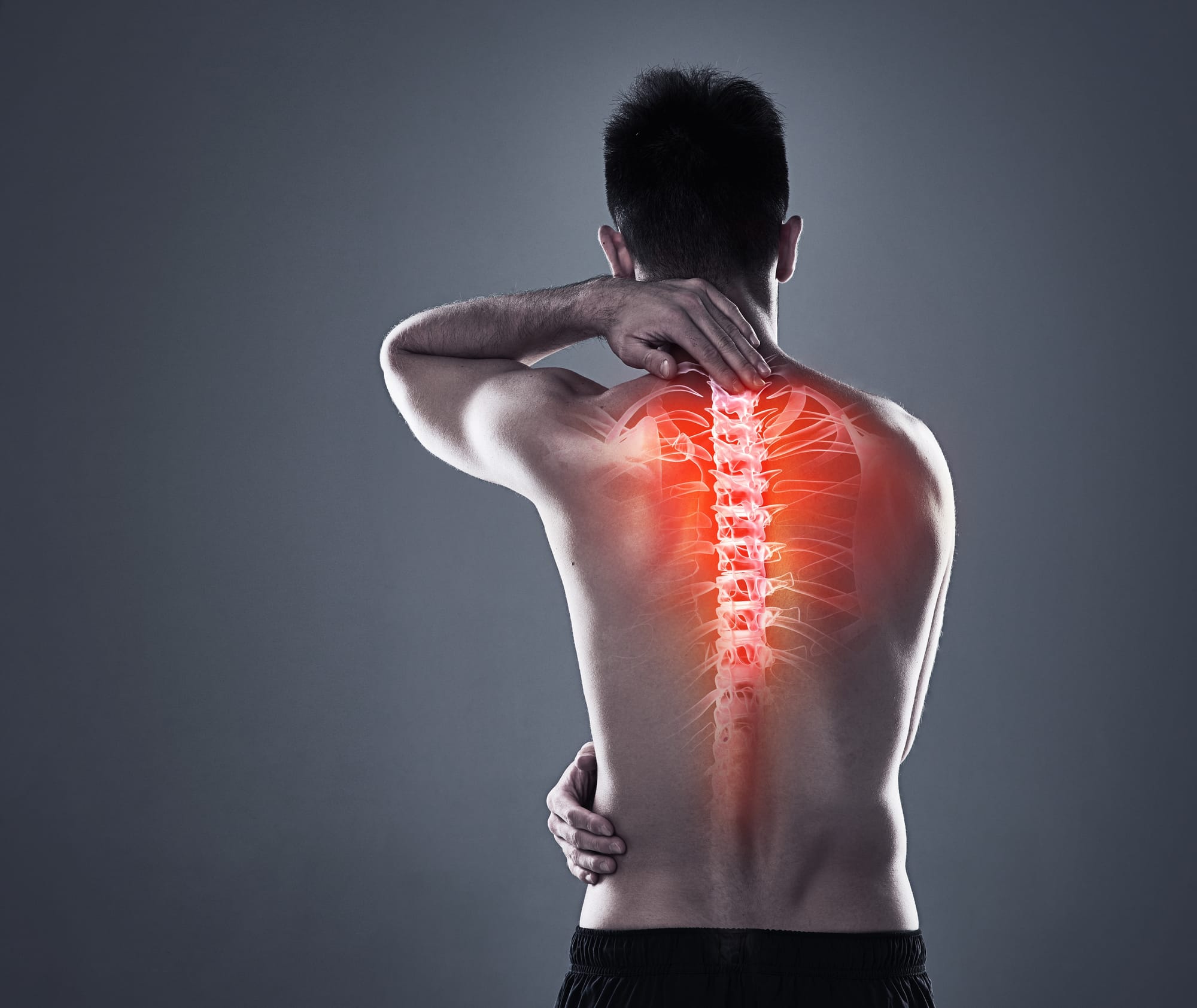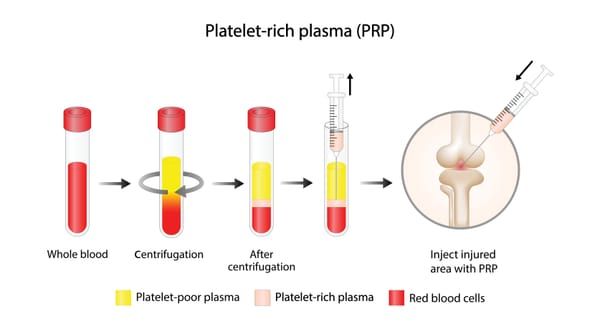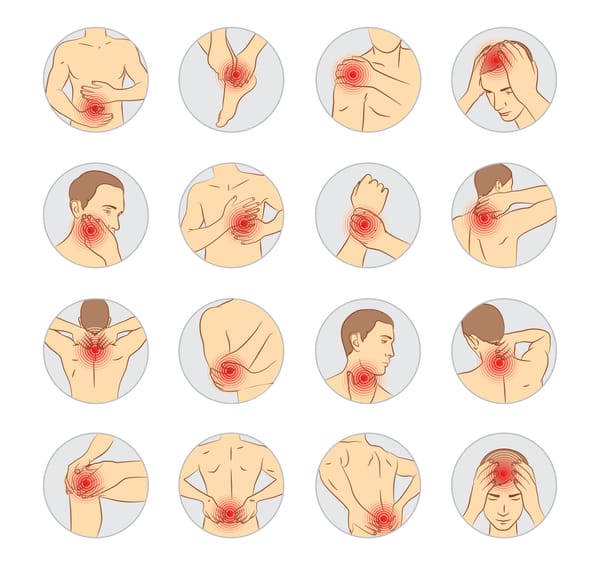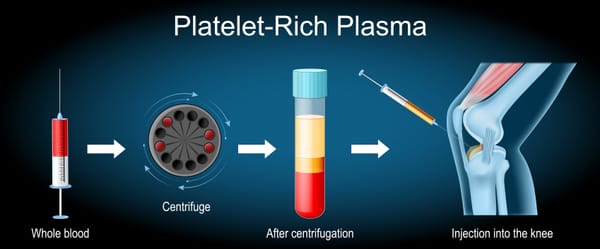Understanding Neuropathic Pain: Causes, Symptoms, and Treatment Options
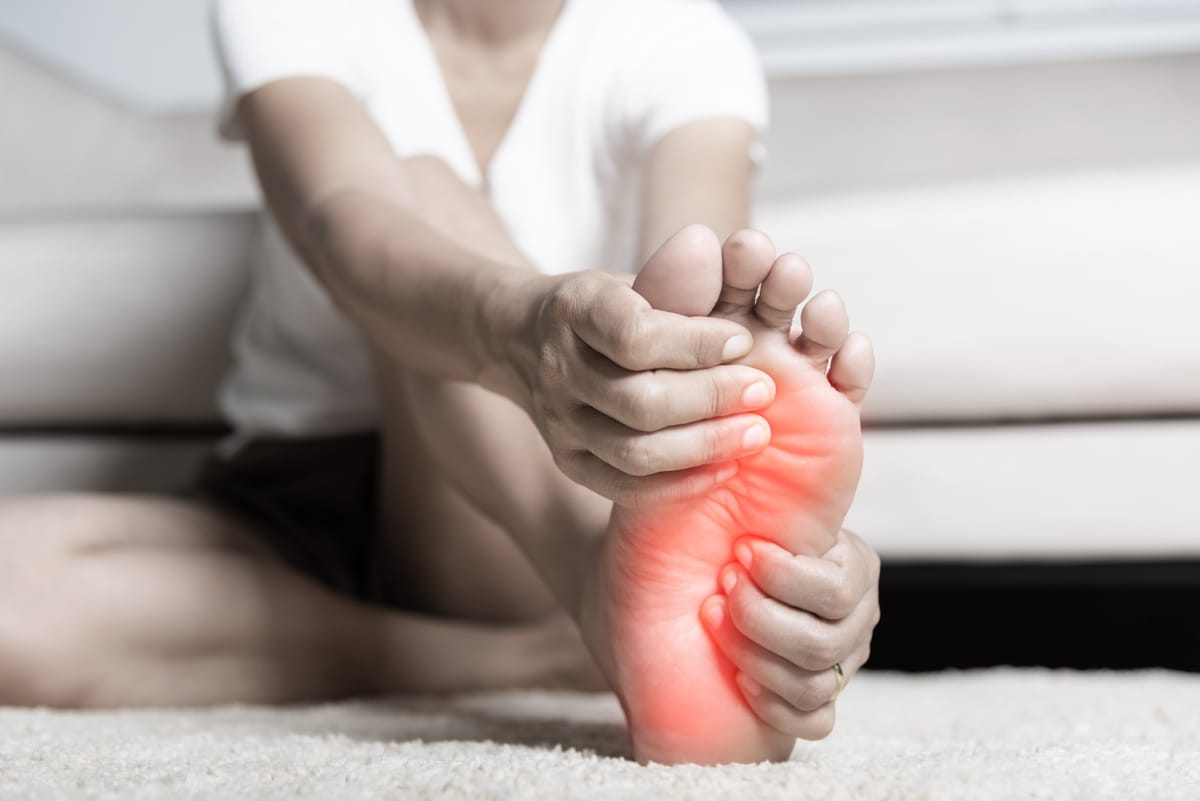
Neuropathic pain is a complex and often debilitating condition that can feel like a burning, shooting, or electric shock running through your body. Unlike pain from a cut or bruise, neuropathic pain arises from damage or dysfunction in the nervous system itself, making it challenging to treat and deeply disruptive to daily life.
In this blog post, we’ll explore what neuropathic pain is, its causes, symptoms, and treatment options, all explained clearly for a general audience.
What is Neuropathic Pain?
Neuropathic pain occurs when the nerves that carry pain signals to the brain and spinal cord are damaged, irritated, or dysfunctional. These nerves misfire, sending pain signals even without an external trigger, unlike nociceptive pain (e.g., from a broken bone). It can feel persistent, unpredictable, or disproportionate to any apparent injury.
This type of pain affects about 7-10% of the general population, per a 2019 study in Pain Medicine, and is common in conditions like diabetes, cancer, or nerve injuries. It can significantly impact quality of life, making awareness and early treatment essential.
Causes of Neuropathic Pain
Neuropathic pain can stem from a variety of conditions or injuries that affect the peripheral nerves, spinal cord, or brain. Common causes include:
- Diabetes: Diabetic neuropathy, caused by high blood sugar damaging nerves, affects 30-50% of diabetic patients, per a 2020 study in Diabetes Care.
- Cancer and Treatments: Tumors pressing on nerves or chemotherapy-induced neuropathy (e.g., from drugs like taxanes or cisplatin).
- Injuries: Trauma from accidents, surgeries, or amputations (e.g., phantom limb pain).
- Infections: Viruses like shingles (postherpetic neuralgia) or HIV can damage nerves.
- Neurological Disorders: Conditions like multiple sclerosis or stroke can disrupt nerve signaling.
- Spinal Issues: Herniated discs or spinal cord injuries causing nerve compression.
- Autoimmune Diseases: Disorders like rheumatoid arthritis or lupus can inflame nerves.
- Other Causes: Alcoholism, vitamin B12 deficiency, or exposure to toxins.
Sometimes, no clear cause is identified, a condition known as idiopathic neuropathy, which can be particularly frustrating for patients.Symptoms of Neuropathic PainNeuropathic pain is distinct from other types of pain due to its unique sensations and patterns. Common symptoms include:
- Burning or Tingling: A persistent burning, prickling, or “pins and needles” feeling, often in the hands or feet.
- Shooting or Electric Pain: Sudden, shock-like pains that may radiate along nerve paths.
- Allodynia: Pain from stimuli that shouldn’t hurt, like light touch or clothing brushing the skin.
- Hyperalgesia: Heightened sensitivity to painful stimuli, making minor injuries feel excruciating.
- Numbness or Weakness: Loss of sensation or muscle weakness in the affected area.
- Chronic Discomfort: Pain that persists for months, often worsening at night or with stress.
Symptoms can be localized (e.g., in one limb) or widespread, depending on the underlying cause. For example, diabetic neuropathy often affects the feet, while postherpetic neuralgia may target a specific area of the skin.
Diagnosing Neuropathic Pain
Diagnosing neuropathic pain involves a thorough evaluation by a healthcare provider, often a neurologist or pain specialist:
- Medical History: Discussing the pain’s onset, characteristics, and triggers, along with any underlying conditions or injuries.
- Physical and Neurological Exam: Testing reflexes, sensation, and muscle strength to identify nerve dysfunction.
- Diagnostic Tests: Electromyography (EMG) or nerve conduction studies to assess nerve function, or imaging (e.g., MRI) to check for structural causes like tumors or disc herniation.
- Pain Questionnaires: Tools like the DN4 or LANSS scales help distinguish neuropathic from other pain types.
A 2021 study in Current Pain and Headache Reports noted that accurate diagnosis is critical, as neuropathic pain requires different treatments than musculoskeletal or inflammatory pain.
Treatment Options for Neuropathic Pain
Managing neuropathic pain often requires a multimodal approach, combining medications, procedures, and lifestyle changes. Treatment aims to reduce pain, improve function, and address underlying causes. Common options include:
1. Medications
- Antidepressants: Tricyclic antidepressants (e.g., amitriptyline) or SNRIs (e.g., duloxetine) modulate pain signals. A 2020 review in Pain found 50-60% of patients with neuropathy benefit from duloxetine.
- Anticonvulsants: Drugs like gabapentin or pregabalin stabilize overactive nerves. A 2019 study in Neurology reported 40-50% pain reduction in diabetic neuropathy patients using gabapentin.
- Topical Treatments: Lidocaine patches or capsaicin cream for localized pain, like postherpetic neuralgia.
- Opioids: Used cautiously for severe cases due to addiction risks, often less effective for neuropathic pain.
- Other Drugs: Non-opioid analgesics or NMDA receptor antagonists (e.g., ketamine) for resistant cases.
2. Interventional Procedures
- Nerve Blocks: Injecting anesthetics or steroids near affected nerves for temporary relief, often guided by ultrasound or fluoroscopy.
- Spinal Cord Stimulation: Implanting a device to deliver electrical pulses to the spinal cord, reducing pain signals. A 2021 study in Pain Practice found 60% of patients with neuropathic pain had significant relief.
- Intrathecal Pain Pumps: Delivering medications like opioids or ziconotide directly to the spinal cord, useful for cancer-related neuropathy.
- Radiofrequency Ablation: Disrupting pain-transmitting nerves with heat, though less common for neuropathic pain.
3. Physical and Complementary Therapies
- Physical Therapy: Exercises to improve strength, mobility, and nerve function, especially for post-injury neuropathy.
- Acupuncture: May reduce pain perception, with a 2018 study in Journal of Pain Research showing benefits for diabetic neuropathy.
- Transcutaneous Electrical Nerve Stimulation (TENS): Low-voltage electrical currents to disrupt pain signals.
- Massage or Mindfulness: Techniques like meditation or yoga to manage stress and pain perception.
4. Lifestyle and Supportive Measures
- Treating Underlying Causes: Managing blood sugar in diabetes or addressing vitamin deficiencies.
- Diet and Exercise: A balanced diet and gentle activity to support nerve health and reduce inflammation.
- Psychological Support: Cognitive-behavioral therapy (CBT) or counseling to cope with chronic pain’s emotional toll.
- Support Groups: Connecting with others through organizations like the Neuropathy Action Foundation or online platforms like Reddit.
Living with Neuropathic Pain
Neuropathic pain can feel isolating, as its invisible nature often leads to misunderstanding. It may disrupt sleep, work, or relationships, but you’re not alone. Keep a pain diary to track symptoms and triggers, and communicate openly with your healthcare team to tailor treatment. Small steps, like pacing activities or practicing relaxation techniques, can make a difference.
Emotional support is vital, as chronic pain can amplify stress or depression. Lean on counselors, family, or support groups for encouragement. Online communities, like those on Reddit, share stories of coping strategies, from medication adjustments to mindfulness practices, offering hope and connection.
Why Awareness Matters
Neuropathic pain affects millions, yet it’s often misdiagnosed or undertreated due to its complexity, per a 2020 review in The Lancet Neurology. Raising awareness helps patients seek specialized care and advocate for effective treatments. Early intervention can prevent pain from becoming chronic and improve quality of life.
If you’re experiencing symptoms of neuropathic pain, don’t hesitate to consult a neurologist, pain specialist, or primary care provider. Resources like the American Chronic Pain Association (theacpa.org) or the National Institute of Neurological Disorders and Stroke (ninds.nih.gov) offer valuable information and support.
By understanding neuropathic pain and its treatment options, we can empower those affected to find relief and reclaim their lives. Let’s keep the conversation going—no one should face this pain alone.
Disclaimer: This blog post is for informational purposes only and not a substitute for professional medical advice. Consult a healthcare provider for diagnosis and treatment of neuropathic pain.
